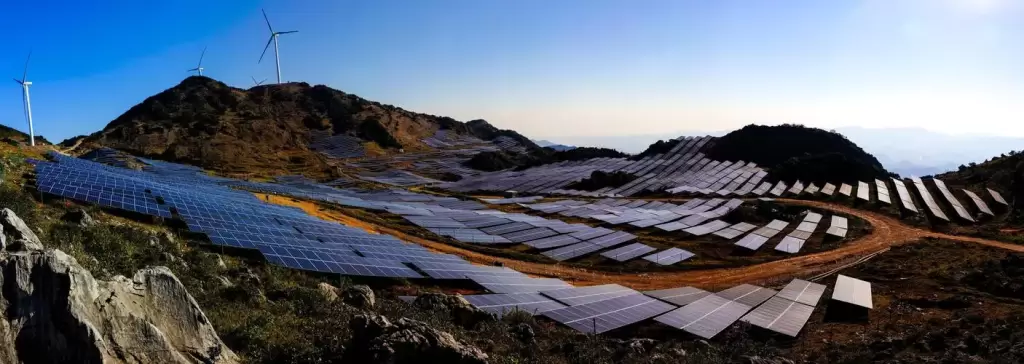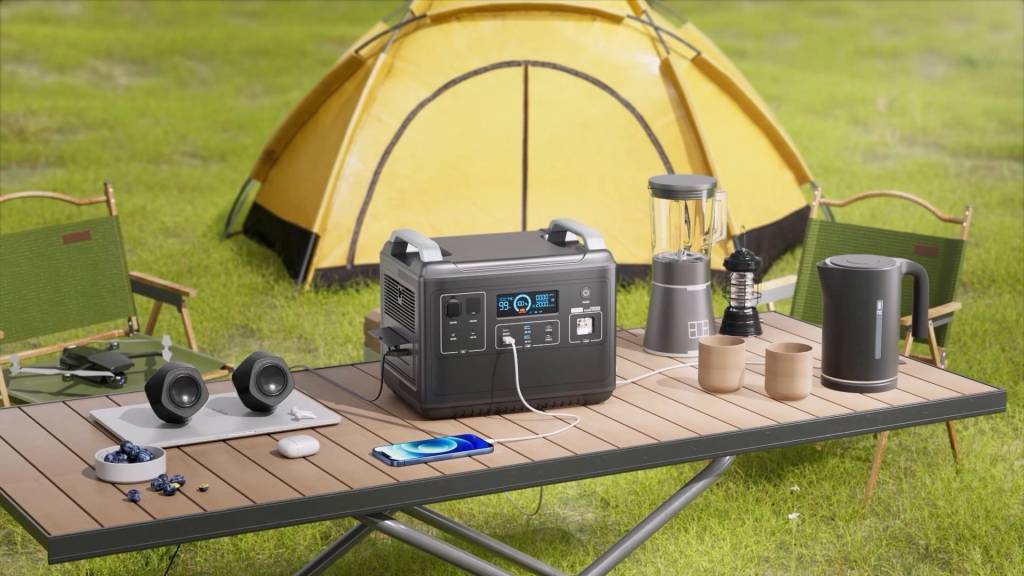Electrochemical energy storage is essentially to store electrical energy into chemical energy, and then use the mechanism of a chemical battery to release it and put it back into the power grid. Electrochemical energy storage includes lithium ions, sodium ions, liquid flow and other forms, of which lithium ions are the most mature, sodium ions and liquid flow have yet to be developed.

The biggest advantage of electrochemistry over pumped storage is that it is flexible. It can build small energy storage stations around small businesses or homes, or it can be built to the scale of large-scale plant stations, such as near coastal wind farms or photovoltaic plants in the desert.
The most commercial potential in electrochemical energy storage is lithium-ion batteries. Lithium batteries have been developed for many years, with the popularity of electric vehicles, whether it is technical maturity or cost, it has reached the mass production of several hundred gigawatt-hours per year, so that the cost of energy storage batteries has been reduced from about 3 yuan per watt hour to about 1.5 yuan per watt hour now.
For the other two ways of electrochemical energy storage, sodium-ion batteries and flow batteries, are also important potential directions today.
Sodium-ion batteries are in the stage of intensive research and development, its working principle is similar to lithium-ion batteries, the change is to rely on sodium ions to move between the positive and negative terminals to operate, instead of lithium ions.
Its advantage is that sodium is abundant in nature. Like sodium chloride, which is food salt, sodium is almost universally available and is the fifth most abundant element on Earth, while lithium mining resources are limited. And the low temperature performance of sodium-ion batteries is better, the charge and discharge performance is also maintained relatively stable, which has advantages over lithium-ion batteries.
However, the disadvantage of sodium-ion batteries is that the energy density is low, about 3 times lower than that of lithium-ion batteries, so a single battery in the case of the same capacity, the volume of sodium-ion batteries is at least 3 times larger.
With the current state of the art, sodium-ion batteries may cost more. Because of the high energy density of lithium ions, there are fewer structural parts, such as loading Pack, loading box, etc., a container down, lithium ion batteries such as 3-4 MWh, but sodium ion batteries may only be installed about 1 MWh. Sodium-ion batteries require more containers, more electrical connectors, and PCS, etc., and the overall system integration cost is higher.

Another disadvantage of sodium-ion batteries is that their cycle performance is not good enough. Lithium-ion energy storage batteries can do 7000-8000 times, but sodium ions are still difficult to exceed 3000 times, if the single battery does not exceed 3000 times, the module combination may be lower, which is also the core research and development challenge of sodium ions.
However, the Ningde era is taking the lead in this regard, not only in promoting sodium-ion energy storage batteries, but also in electric vehicle power batteries, trying to develop a Pack combination, a layer of lithium-ion batteries on top of a layer of sodium-ion batteries, which can neutralize the poor performance of lithium-ion batteries at low temperatures.
